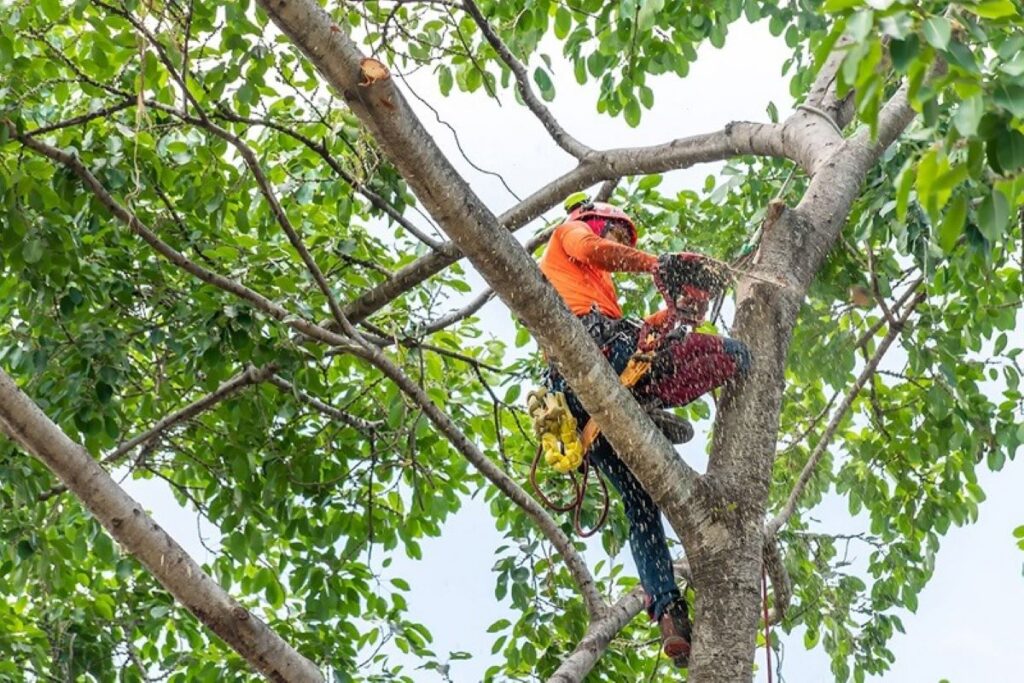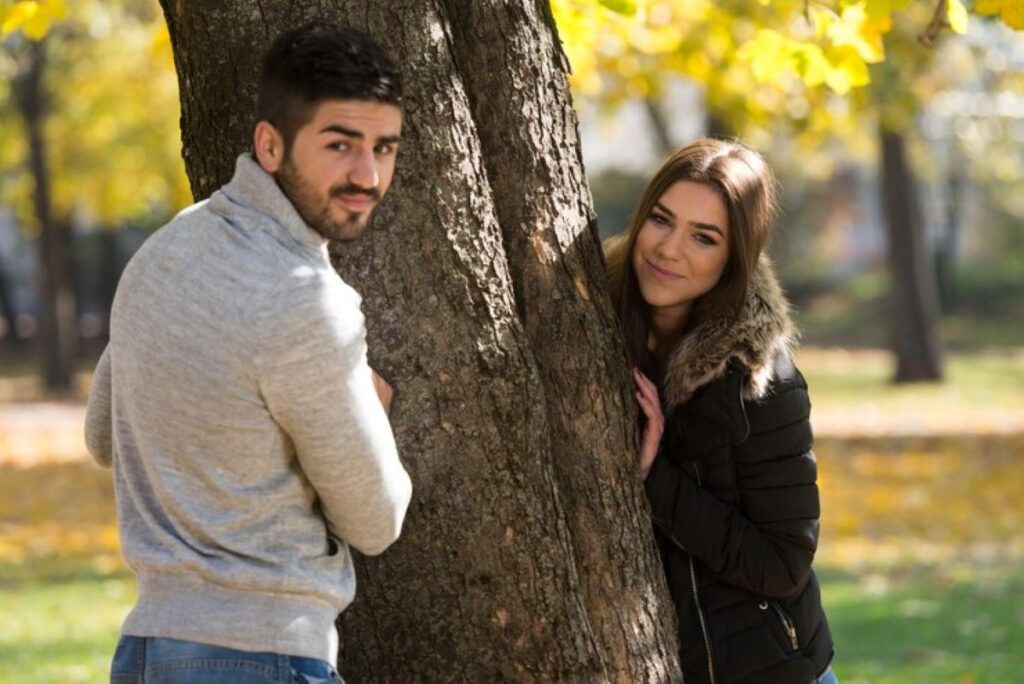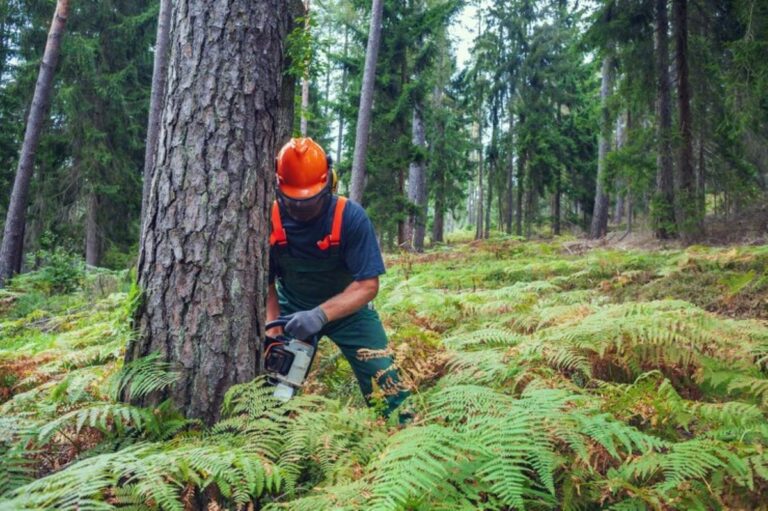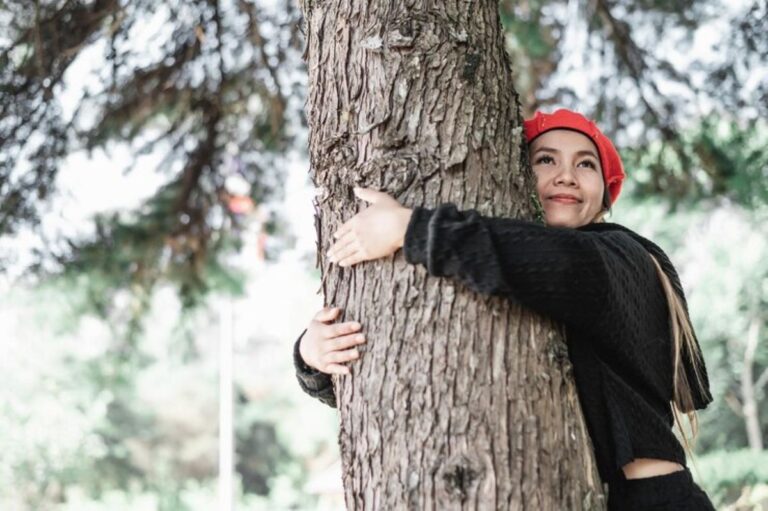What Are Heritage Listed Trees in Turramurra and Why Should We Care About Them?
Heritage listed trees in Turramurra are trees that have been officially recognised for their historical, cultural, or environmental importance. These trees are included on council registers and are legally protected by local environmental planning laws.
Why Are Heritage Trees Important?
The importance of heritage trees goes beyond just their age. They are living symbols that connect the people of Turramurra to its history. These trees often represent significant events, early settlements, or important natural features. Many of these trees existed before European settlement, making them invaluable for the ecosystem.
What Benefits Do Heritage Trees Provide?
Heritage trees offer crucial benefits to the environment:
- Wildlife habitat: They provide homes for native birds, possums, and insects.
- Carbon sequestration: They help improve local air quality by absorbing carbon dioxide.
- Microclimate regulation: They create shade and have a cooling effect on the surrounding area.
- Soil stabilisation: They prevent erosion on sloped properties by holding the soil in place.
How Do Heritage Trees Contribute to Turramurra’s Character?
Heritage trees play a significant role in shaping Turramurra’s unique green landscape. Their tall canopies define the appearance of streets and contribute to the suburb’s well-known garden atmosphere. If these trees were to disappear, it would greatly impact the community’s identity and environmental well-being.
Preserving heritage trees is essential for both present and future generations.
What Regulations Govern the Care of Heritage Listed Trees in Turramurra?
Turramurra tree regulations require property owners to submit a formal Tree Application before conducting any work on heritage listed trees. This mandatory process applies to all pruning, maintenance, or removal activities on properties within Heritage Conservation Areas or those containing individually listed heritage trees.
The no exemptions policy sets Turramurra’s heritage tree protection laws apart from standard tree preservation orders. Unlike general development controls where certain minor works might proceed without approval, heritage areas receive absolute protection. Property owners cannot claim exemptions based on tree size, species, or the scope of proposed work.
Compliance protects both the community’s natural heritage and property owners from substantial penalties. Unauthorised work on heritage listed trees can result in:
- Significant council fines
- Orders to replant or compensate for lost trees
- Legal action for environmental damage
- Reduced property values due to compliance breaches
The council maintains strict enforcement because these trees represent irreplaceable ecological and cultural assets. Each application undergoes thorough assessment to balance property management needs against heritage conservation priorities.
How Do You Properly Apply for Tree Work on Heritage Listed Trees?
The Tree Application process Turramurra requires property owners to compile comprehensive documentation before any work begins. Start by securing written consent from all property owners, then prepare a detailed statement explaining why the tree work is necessary—whether for safety concerns, structural damage, or disease management.
Essential documentation includes:
- Current site map showing the tree’s exact location on the property
- Clear photographs of the tree from multiple angles
- Photos highlighting specific issues (decay, cracks, or proximity to structures)
- Detailed description of the proposed work
An arborist report becomes mandatory when applying for significant pruning or removal. This professional assessment must come from a qualified arborist who can evaluate the tree’s health, structural integrity, and whether retention remains viable. The report should include species identification, condition assessment, and recommendations aligned with Australian Standards.
Submitting tree work documentation with complete, accurate information significantly increases approval chances. Councils scrutinise incomplete applications more heavily, often resulting in delays or rejections. Include measurements, specify pruning percentages, and demonstrate you’ve explored all retention alternatives before requesting removal.
Why Should You Consult a Qualified Arborist for Heritage Tree Preservation?
Heritage trees require specialised knowledge that only experienced professionals possess. A qualified arborist in Turramurra brings technical expertise to assess tree health, structural integrity, and risk factors while ensuring your application meets council requirements. Their professional reports, which are often mandatory for council submissions, carry significant weight with local authorities when justifying necessary tree work.
Look for these essential credentials when selecting an arborist:
- IACA registered arborists (Institute of Australian Consulting Arboriculturists) who adhere to industry standards
- Level 5 Diploma Arboriculture qualification demonstrating advanced technical competency
- Current professional indemnity insurance
- Proven experience with heritage tree assessments in Turramurra
Arborist Turramurra how to preserve heritage listed trees in your backyard starts with engaging professionals who understand both tree biology and local heritage regulations. These specialists identify preservation techniques that councils favour, increasing your application’s approval chances. They document tree conditions accurately, recommend appropriate interventions, and provide defensible justifications when removal becomes unavoidable. Their expertise protects both your property interests and Turramurra’s irreplaceable natural heritage.

How Can an Arborist Help Manage Risks Without Removing Heritage Trees?
Tree risk management strategies allow arborists to address safety concerns whilst keeping heritage trees intact. Professional arborists assess structural weaknesses, disease, and environmental factors to develop targeted solutions that preserve the tree’s health and longevity.
Preserving heritage trees alternatives include:
- Selective pruning – Removing dead, diseased, or structurally compromised branches reduces weight load and eliminates immediate hazards
- Crown reduction – Carefully decreasing canopy size minimises wind resistance and stress on limbs
- Cabling and bracing – Installing support systems stabilises weak branch unions and splits
- Root zone management – Improving soil conditions and protecting root systems strengthens overall tree stability
- Regular monitoring – Scheduling periodic inspections detects problems before they escalate
Arborists evaluate whether pruning techniques can adequately mitigate risks or if removal becomes unavoidable. A Level 5 qualified arborist provides detailed risk assessments that demonstrate to council whether retention remains viable, documenting specific interventions that maintain safety standards without sacrificing Turramurra’s irreplaceable heritage specimens.
What Are Best Practices for Maintaining Heritage Listed Trees in Your Backyard?
Heritage tree care tips centre on proactive maintenance that prevents problems before they require intervention. Schedule professional inspections every 12-18 months with a qualified arborist who can identify early signs of disease, structural weakness, or pest infestation in your heritage trees.
Water deeply but infrequently during dry periods, focusing on the drip line rather than the trunk. Heritage trees typically need 10-15 litres per square metre of canopy during extended drought. Avoid overwatering, which can lead to root rot in established trees.
Backyard tree preservation Turramurra requires careful attention to the root zone:
- Never compact soil around the root area with vehicles or heavy equipment
- Maintain a 1-2 metre mulch ring using organic materials (avoid piling against the trunk)
- Refrain from excavating or changing soil levels within the tree’s critical root zone
- Keep lawn mowers and whipper snippers away from the trunk to prevent bark damage
Document your tree’s condition with dated photographs annually. This creates a valuable record for future applications and helps track changes in health or structure over time.
See Also : Arborist Pymble why regular maintenance prevents storm damage to mature trees
When Is Tree Removal Justified Under Heritage Regulations?
What criteria must be met for council-approved tree removal Turramurra? Councils only approve heritage tree removal when evidence demonstrates the tree poses an immediate safety risk or has sustained irreversible structural damage beyond remediation.
Heritage tree removal criteria require comprehensive documentation proving that retention would endanger property or public safety. Acceptable justifications include:
- Severe structural defects confirmed by qualified arborist assessment
- Advanced decay compromising stability with no viable treatment options
- Root or trunk damage creating imminent failure risk
- Disease progression that cannot be arrested through intervention
- Documented damage to essential infrastructure where pruning proves insufficient
The burden of proof rests entirely with the property owner. Councils reject applications based on aesthetic preferences, minor inconveniences, or general maintenance concerns. An Arborist Turramurra how to preserve heritage listed trees in your backyard approach prioritises every possible retention strategy before considering removal. Applications must include detailed arborist reports with photographic evidence, structural assessments, and explanations of why alternative management techniques cannot adequately address the identified risks.

How Can Homeowners Support Long-Term Preservation of Heritage Trees?
The role of homeowners in preserving heritage trees is to take proactive measures instead of waiting for a crisis to happen. If you notice any signs of trouble such as wilting leaves, structural problems, or nearby construction activities, it’s important to reach out to a qualified arborist right away. By taking action early on, you may be able to find solutions that avoid the need for tree removal altogether.
Exploring alternatives can benefit both your property and the unique character of Turramurra:
- Selective pruning: Removing specific branches to lighten the load on weakened limbs
- Crown thinning: Trimming some branches to allow more sunlight in and reduce wind resistance
- Root zone management: Taking care not to harm the tree’s roots while still keeping it healthy
- Cabling and bracing: Providing additional support to unstable tree structures
When removal becomes unavoidable, replacement planting in heritage conservation areas shows your dedication to preserving the suburb’s green canopy. It’s important to choose tree species that are suitable for the specific conditions of the site and also align with the area’s heritage context. Your arborist can provide valuable advice on which plants will thrive and continue benefiting future generations.
Regular professional inspections—ideally once a year—can help identify any potential problems before they worsen. This proactive approach not only meets the expectations of local authorities but also protects the invaluable heritage assets under your care.
Quick FAQs: Heritage Listed Trees in Turramurra
Trees recognised for historical, cultural, or environmental significance and protected by council laws.
2. Why are they important?
They provide wildlife habitat, carbon absorption, shade, soil stabilisation, and contribute to Turramurra’s unique landscape.
3. Can I prune or remove a heritage tree?
Only with a formal Tree Application approved by the council. Unauthorised work can result in fines, legal action, and replanting orders.
4. What documentation is needed for council approval?
Site map, photos, tree description, arborist report (for significant work), and written consent from property owners.
5. When is removal justified?
Only for safety risks, irreversible structural damage, severe disease, or damage to essential infrastructure. A qualified arborist’s assessment is mandatory.
6. How can an arborist help?
They provide professional assessments, recommend pruning, cabling, or bracing, and prepare council-compliant reports to preserve tree health and safety.
7. How should heritage trees be maintained?
Regular inspections (12–18 months), careful watering, mulching, protecting the root zone, avoiding soil compaction, and documenting tree condition annually.
8. What can homeowners do long-term?
Take proactive care, consult arborists early, use retention strategies like selective pruning or bracing, and consider replacement planting if removal is unavoidable.


